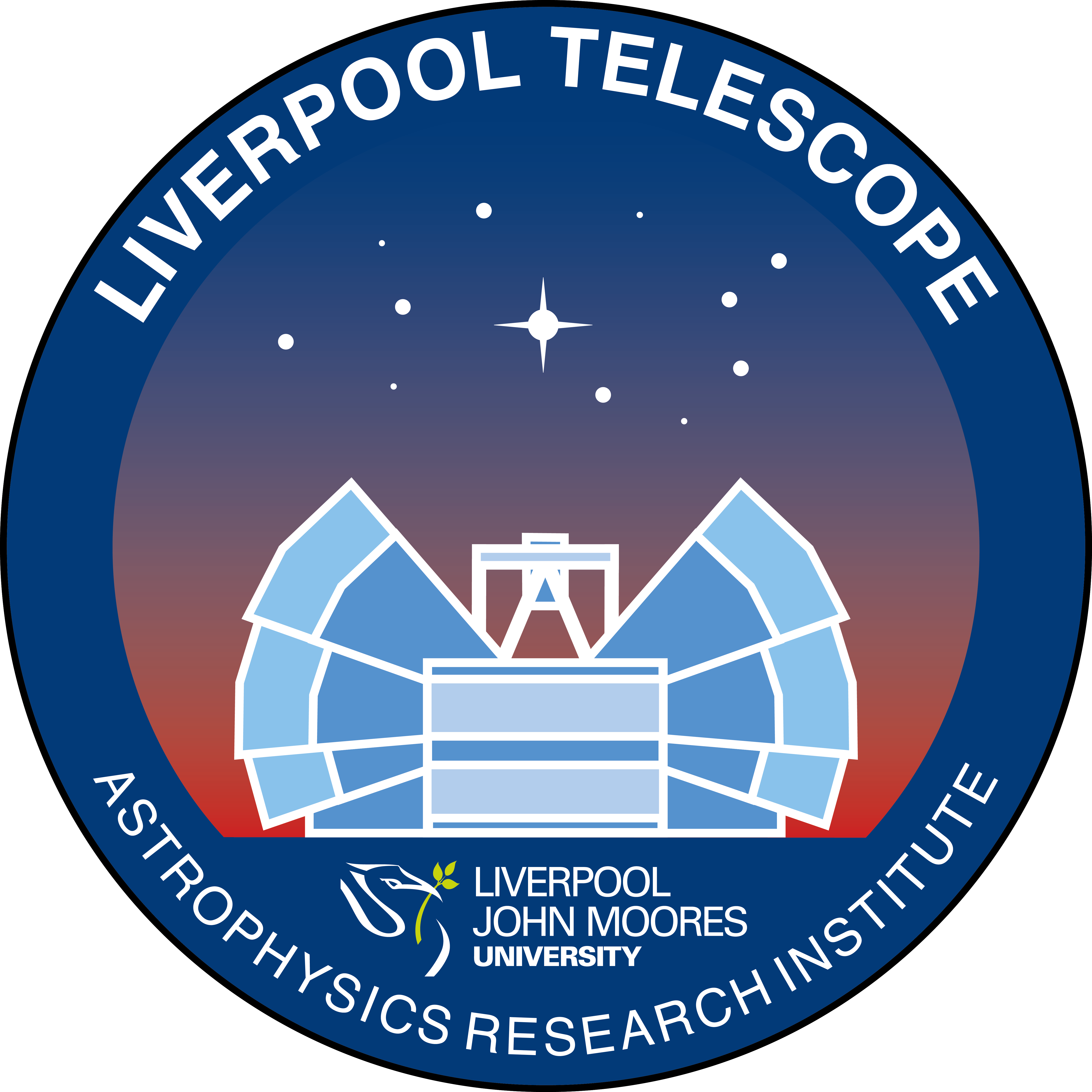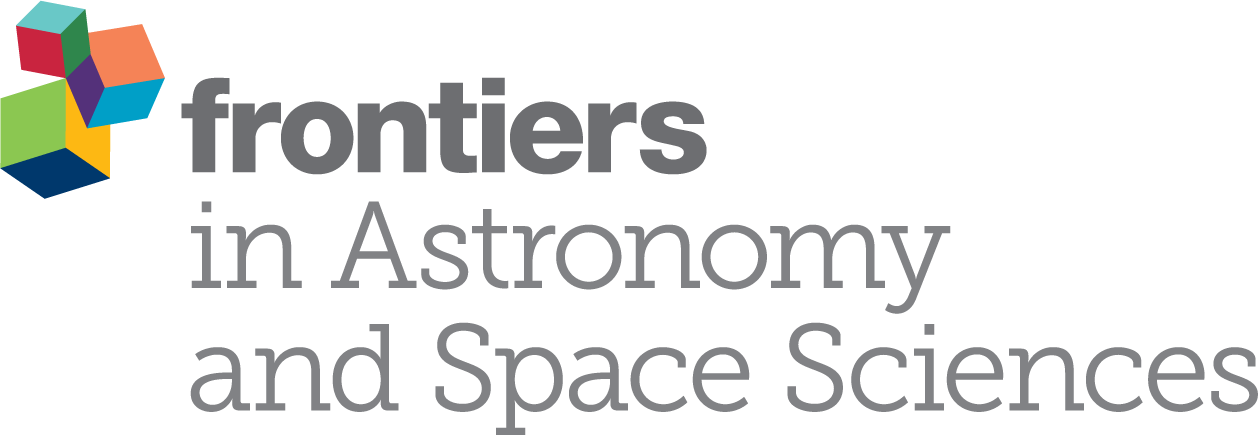Special Session SS21
3 April 2018
Opening new frontiers in cosmology with the Square Kilometre Array
News:
28/10/17:
Abstracts
We are inviting speakers and EWASS itself is accepting abstracts; get submitting!
13/09/17:
Hello!
We are very happy to have had this session accepted, and will begin soliciting for abstracts soon.
Aims and scope
With construction of the telescope scheduled to begin in 2018, this session will showcase the new cosmology which will be possible thanks to the Square Kilometre Array (SKA), as well as encouraging new work on synergies with other large cosmological surveys. By building a radio telescope capable of surveying large fractions of the sky at sub-arcsecond resolutions and high sensitivity, we will gain large amounts of information on both new and current cosmological observables.
Mapping the intensity of unresolved neutral hydrogen (HI) emission will allow us to map the growth of cosmological structures with high resolution in redshift, providing a new and unique probe of structure growth and expansion history. The SKA's ability to access the largest scales on the sky will allow us to test general relativity, the physics of inflation and fundamental assumptions about the isotropy of the Universe. By making the first weak lensing cosmic shear maps outside of the optical waveband, SKA will allow us to overcome otherwise limiting systematics in mapping dark matter and hunting for dark energy. Surveys of galaxies in radio continuum and HI simultaneously will also allow the creation of fully three dimensional maps of our Universe and showcase galaxy formation processes across cosmic time. Combining SKA with other large surveys will also push the limits of cosmology, from helping calibrate galaxy redshifts to surmounting galaxy biases through the use of multiple tracers of the underlying dark matter density field.
Underlying all of this will be new challenges which will be need to be met in carrying out unprecedentedly large radio surveys with the precision and accuracy necessary for modern cosmology. New simulations, of both the Universe and the telescope, will be necessary, as will new methods for processing the huge amounts of data emanating from the SKA, as both images and Fourier-plane visibilities.
Programme
- Radio Weak Lensing
- HI Intensity Mapping
- HI Galaxy Surveys
- Continuum Galaxy Surveys
- Multi-Tracers and Cross-Correlations
- Synergies with Optical and CMB Experiments
- Cosmology with SKA-LOW
- Cosmological Simulations of Radio Emission
- Interferometer Data Analysis Methods (Imaging and non-Imaging)
Invited speakers
- Prof. Michael Brown (University of Manchester, UK)
- Dr Anna Bonaldi (SKA Organisation)
- Dr Chris Clarkson (Queen Mary University of London, UK)
- Prof Richard Battye (University of Manchester, UK)
- Dr Emma Chapman(Imperial College, UK)
Scientific organisers
Ian Harrison (JBCA Manchester, UK), Stefano Camera (University of Turin, Italy), Alkistis Pourtsidou (Queen Mary University of London, UK).
Contact
ian.harrison-2 @ manchester.ac.uk
Updated on Thu Nov 09 10:34:07 CET 2017
|

 A power cut will shut down all EAS services on Tuesday, 10 January 2017 starting at 7:30 CET.
A power cut will shut down all EAS services on Tuesday, 10 January 2017 starting at 7:30 CET.



























